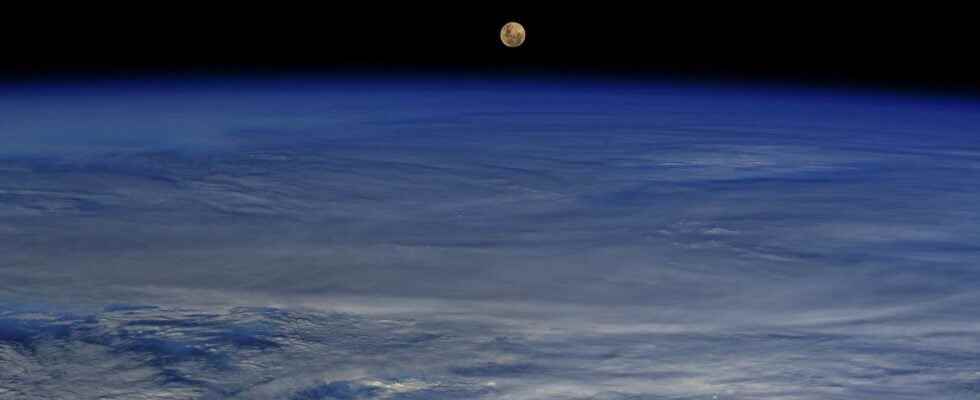The year 2021 has been marked by the start of tourist activities accessible to a greater number of people than when it was only possible to stay on board the international space station (ISS). As a reminder, from 2001 to 2009, seven tourists were able to go on board the orbital complex at a cost of over $20 million.
We can remember from the year 2021 the first tourist flight of SpaceX, with inspiration4 in September, the very brief incursions into space with the suborbital flights of Virgin Galactic and Blue Origin as well as the stay of a Russian director and actress, for filming scenes for a movie, on board the ISS. The year ended with the Japanese tourist flight Yusaku Maezawa which joined the International Space Station, relaunching short commercial stays aboard the orbital complex.
And each of these expeditions and tourist escapades crossed one or more borders of space because, surprisingly, there are several frontiers of space! To those who wonder why there is not just one border, you should know that theatmosphere terrestrial simply does not disappear. It becomes more and more fine and extends well beyond the Moon ! Three borders are thus recognized, two of which have been set arbitrarily.
To which border to dedicate oneself?
Two boundaries of space have therefore been arbitrarily set. A first, at an altitude of 80 kilometers. She is recognized by the Nasathe FAA, the NOAA and the US Air Strength. Crossing this border allows you to obtain the famous “wings”, an American badge awarded to astronauts. The second has been recognized by the International Aeronautical Federation (FAI) which sets it at an altitude of 100 kilometers. This border is also called Kárman linenamed after physicist Hungarian Theodore von Karman.
A third border is less known. It is that of the NASA control center which has its own definition of the frontier of space. He fixes it at 122 kilometers altitude because it is at this point that atmospheric drag begins to be noticed. Its effects have the effect of slowing down the speed from satellites and consequently cause a gradual reduction in the altitude of their orbit.
Finally, it should also be noted that from the data collected by the mission sohoa Franco-Russian team calculated that theearth’s atmosphere extended up to 630,000 kilometers beyond the Earth! It would therefore include the moon. That said, at this distance, the atmosphere has nothing to do with the one that allows us to live on Earth. In reality, the Earth’s atmosphere very quickly becomes extremely thin: AT 60,000 km, it is already only composed of 70 atoms per cubic centimeter… and halfway, at the level of the Moon, only 0.2 atoms per cubic centimeter “. In other words, the void… or almost. So don’t imagine being able to breathe air on the surface of the Moon!
You will also be interested
Interested in what you just read?
